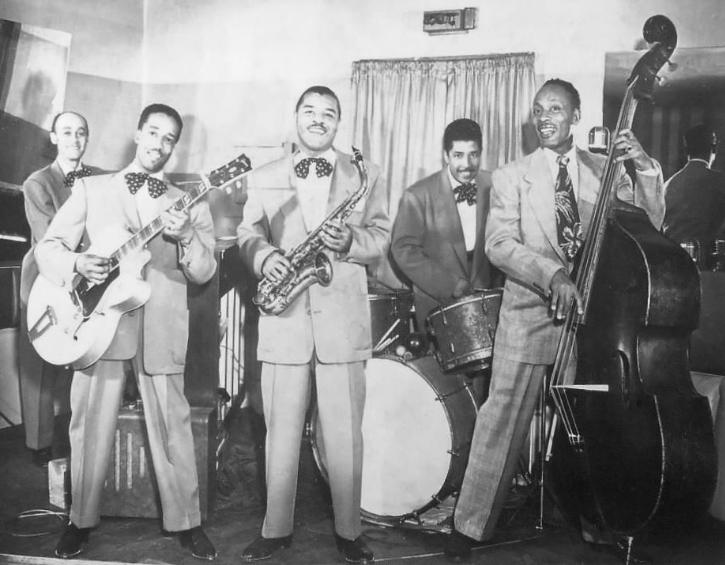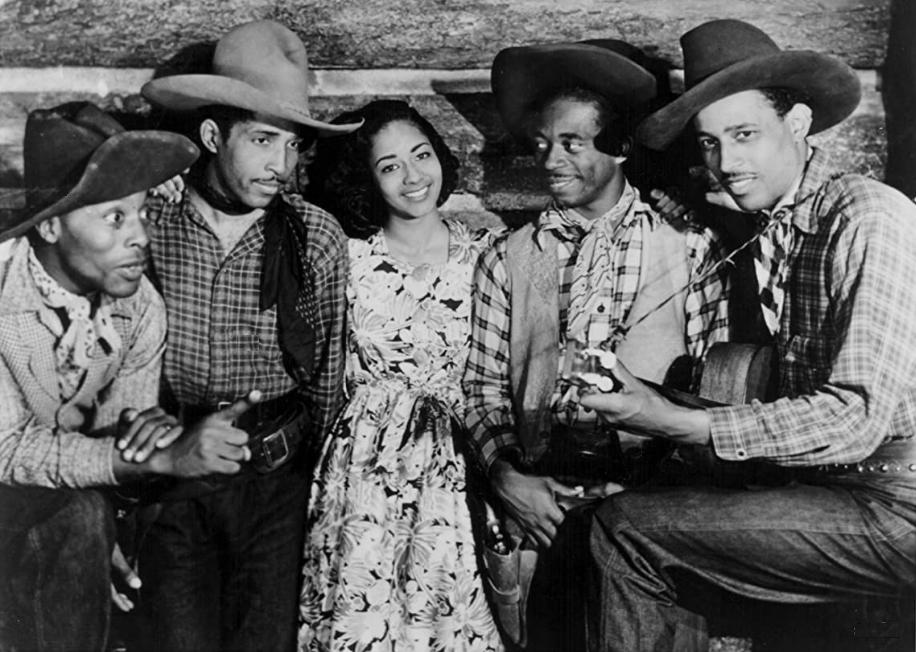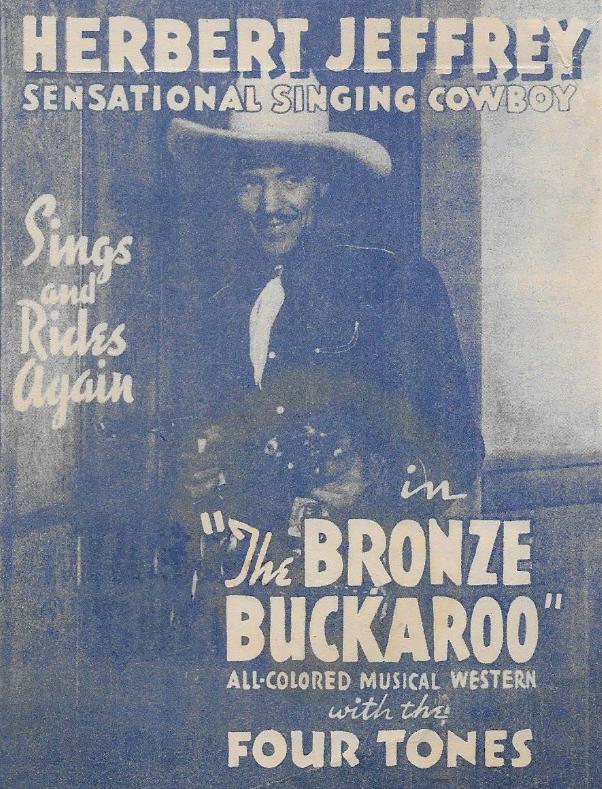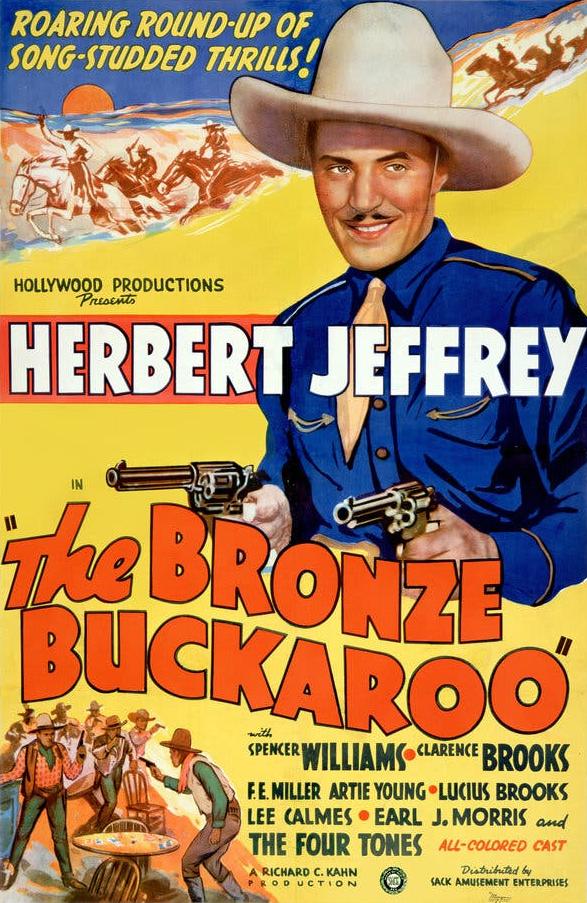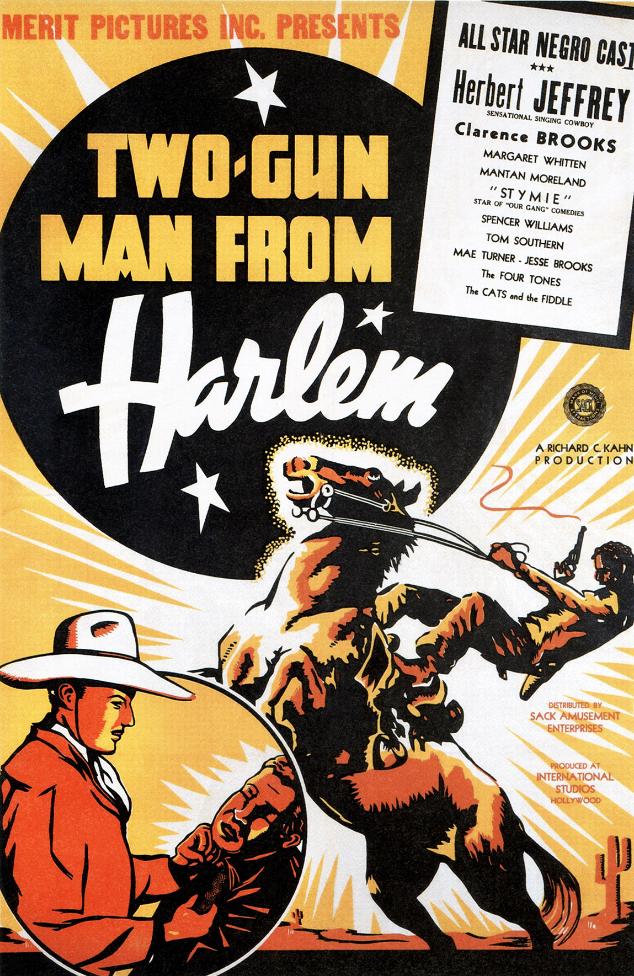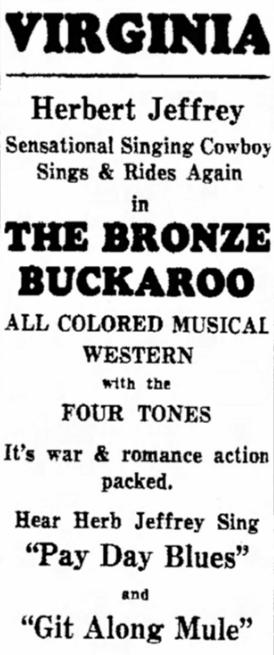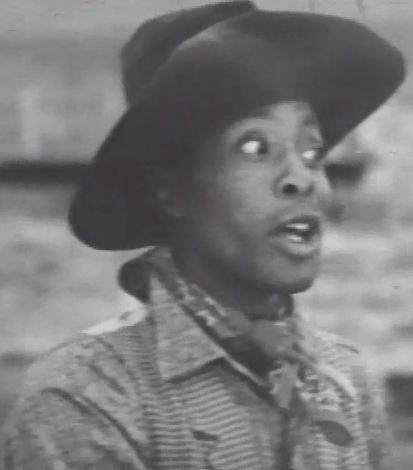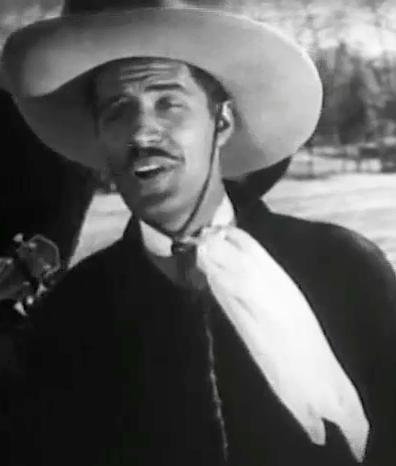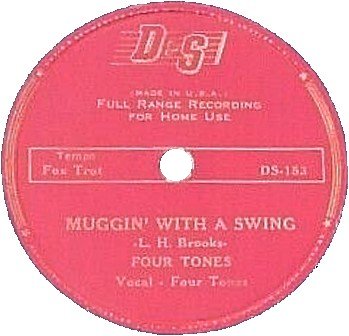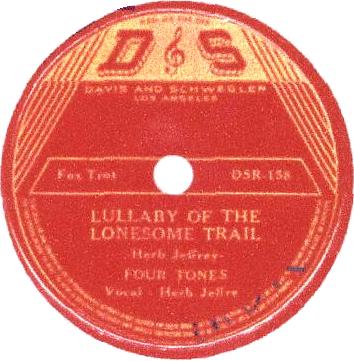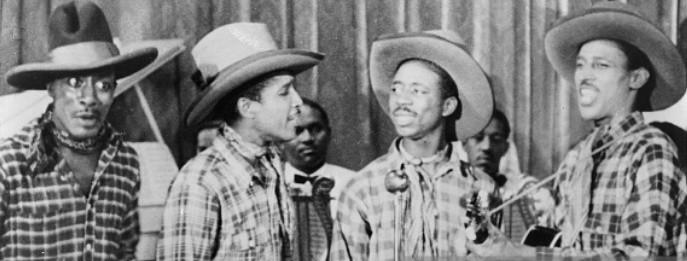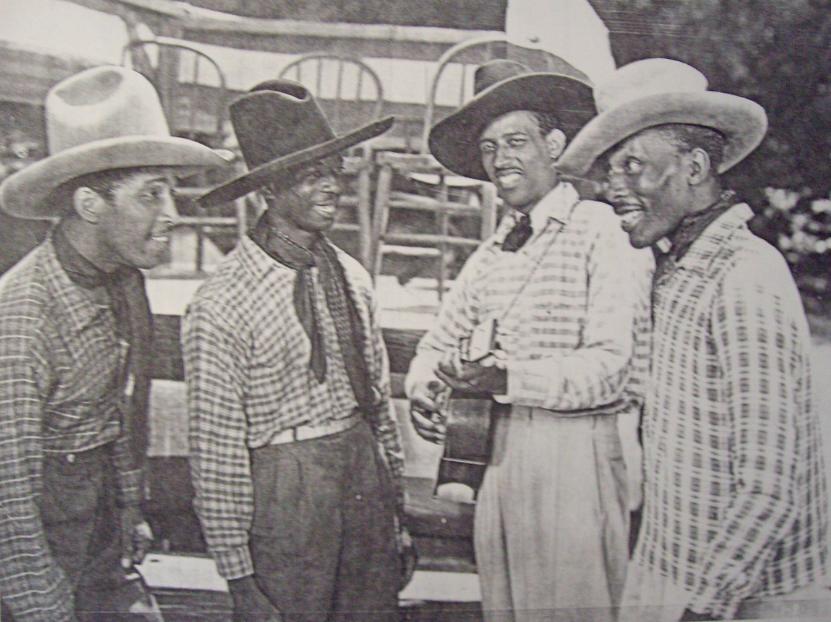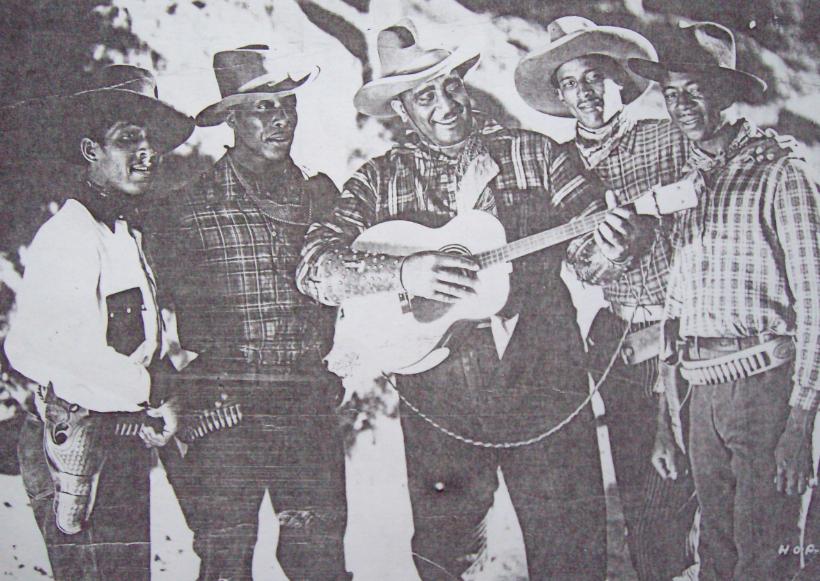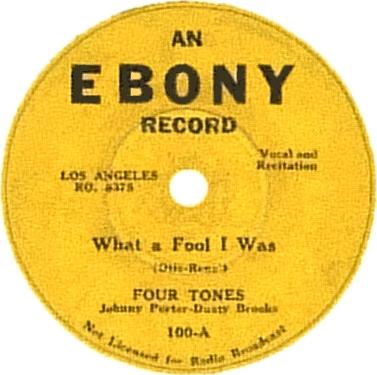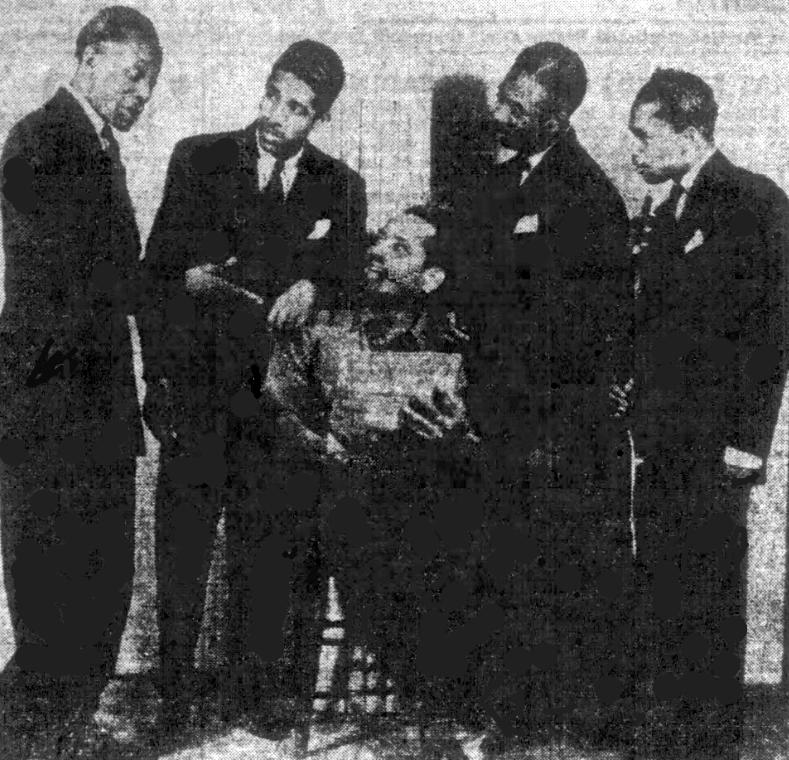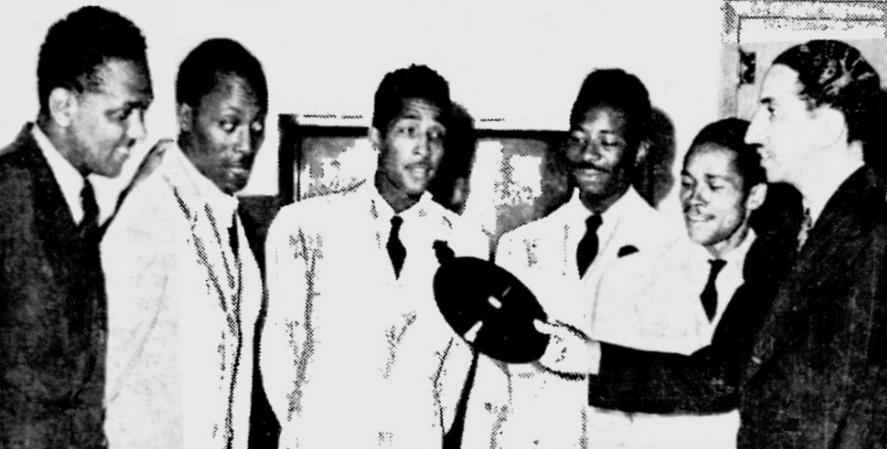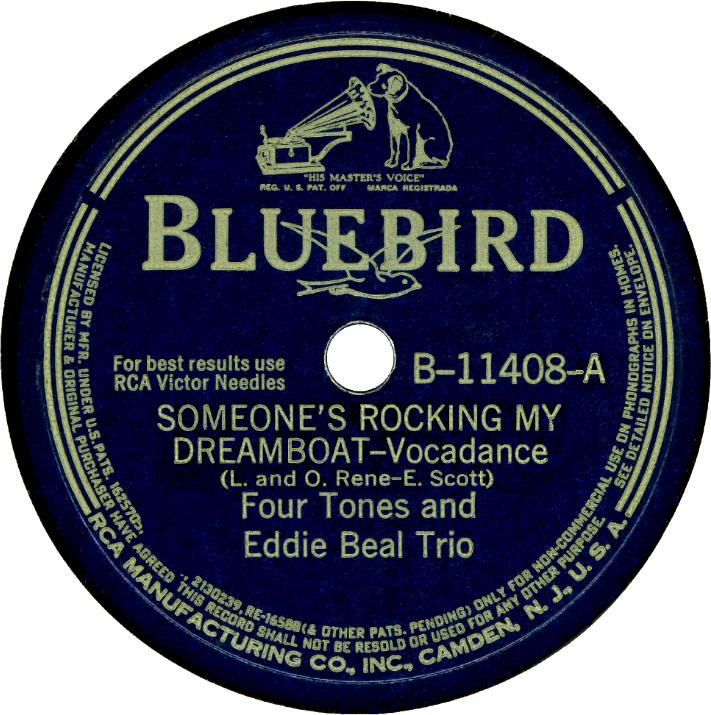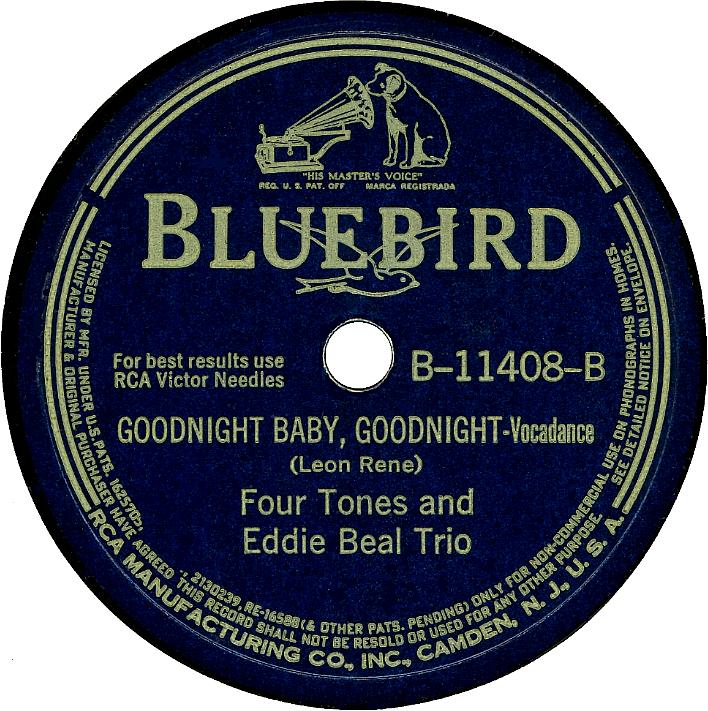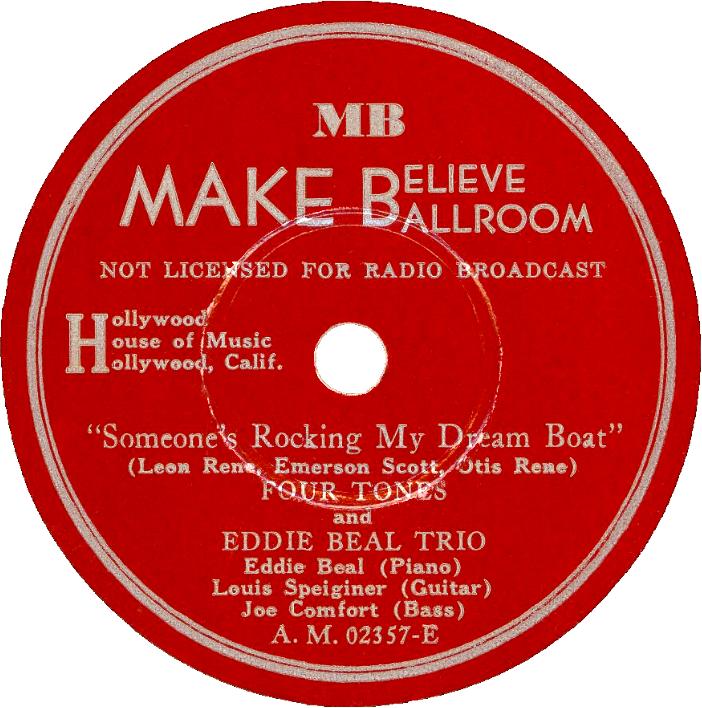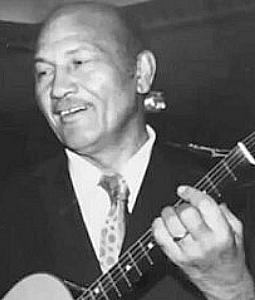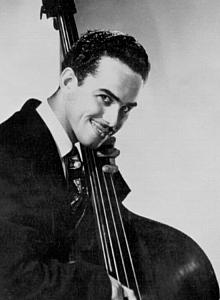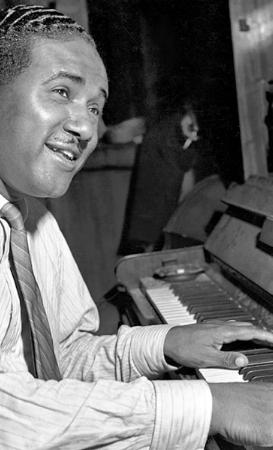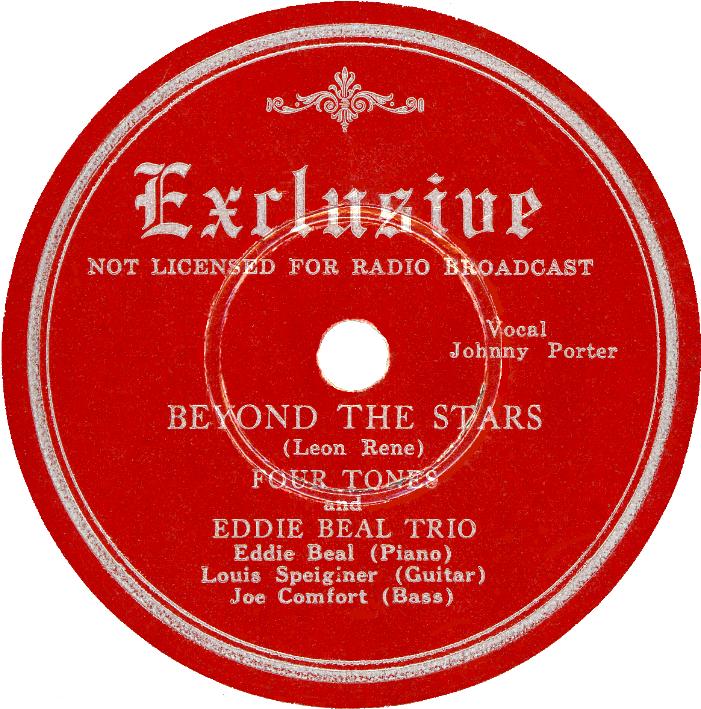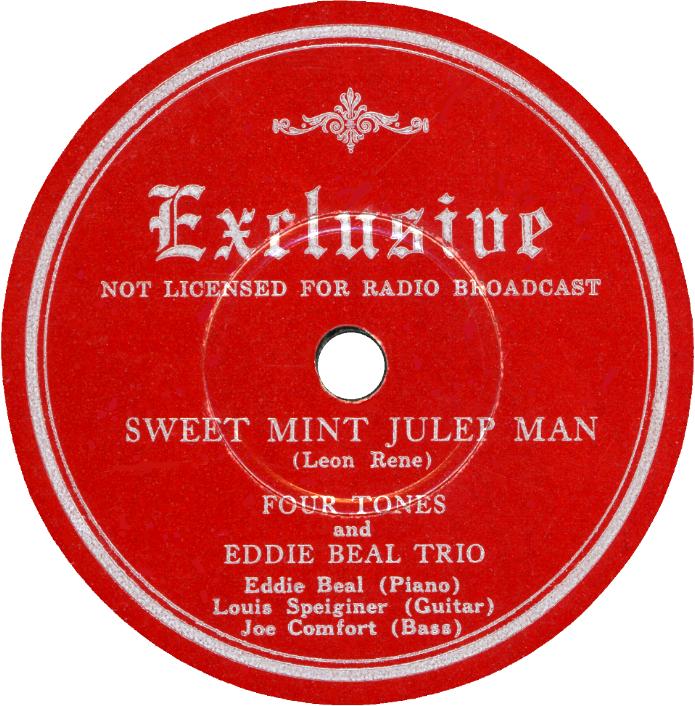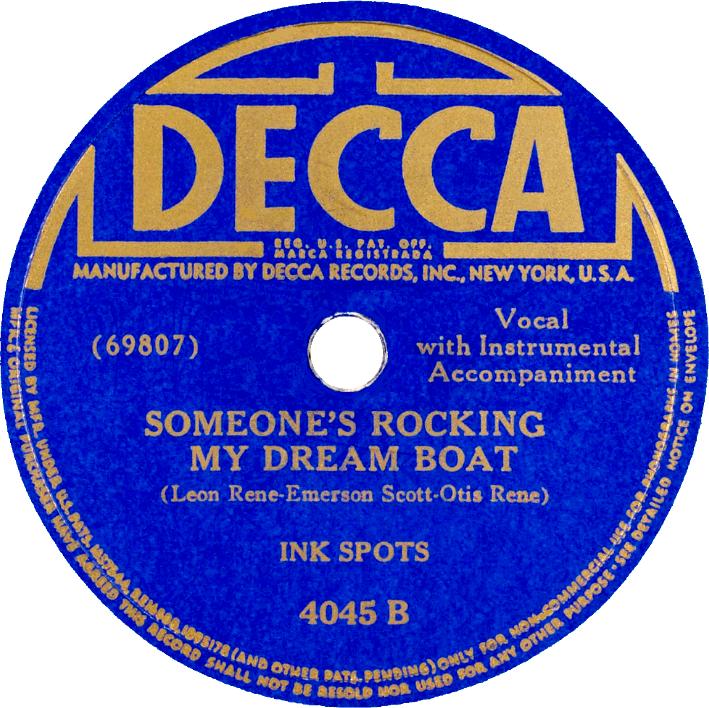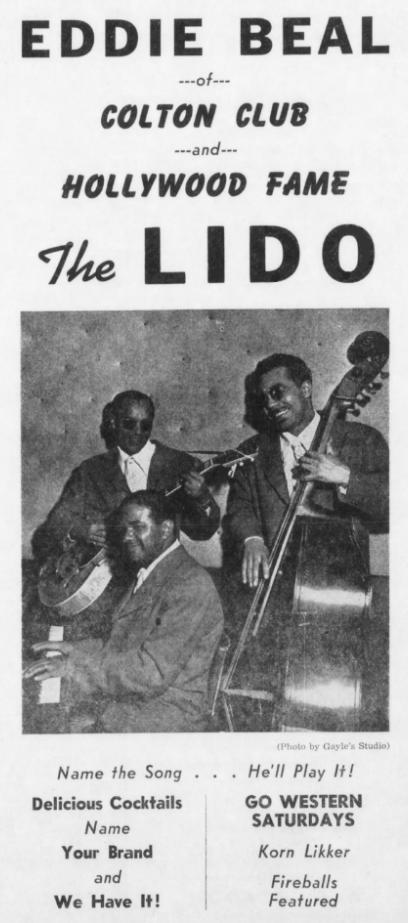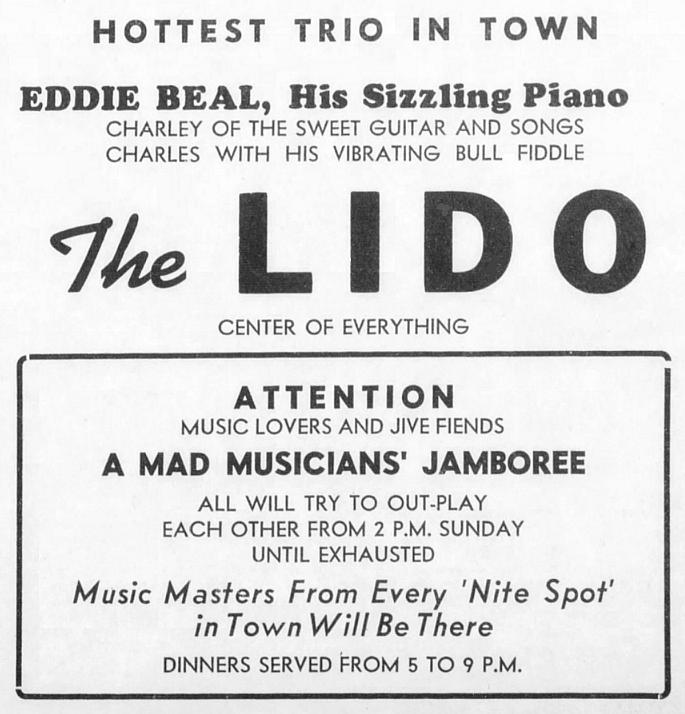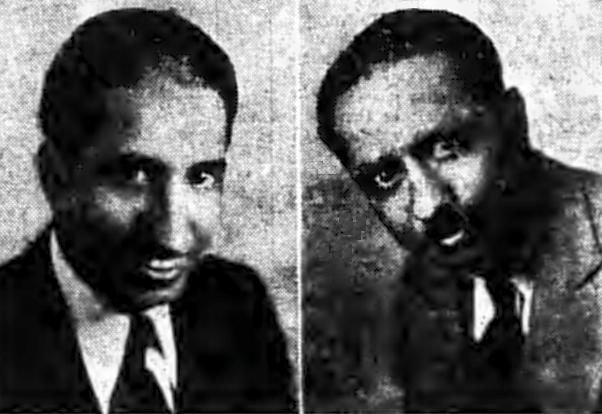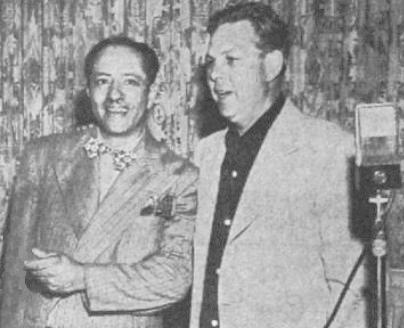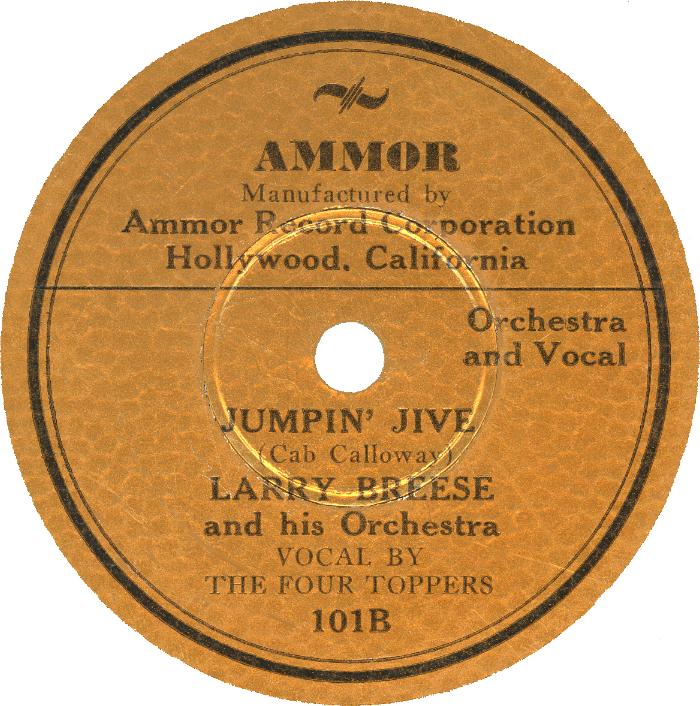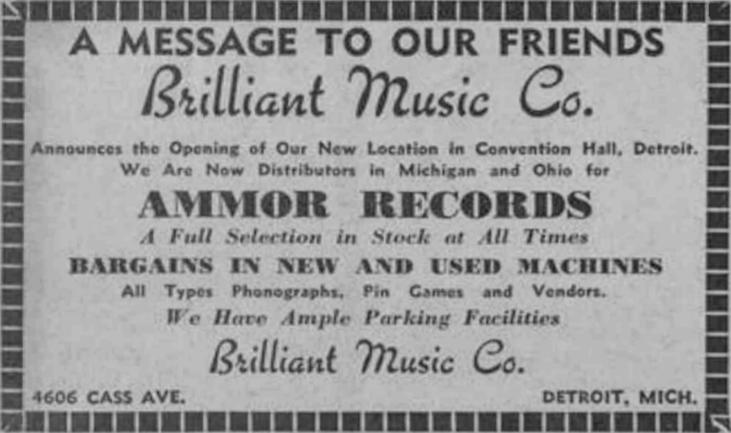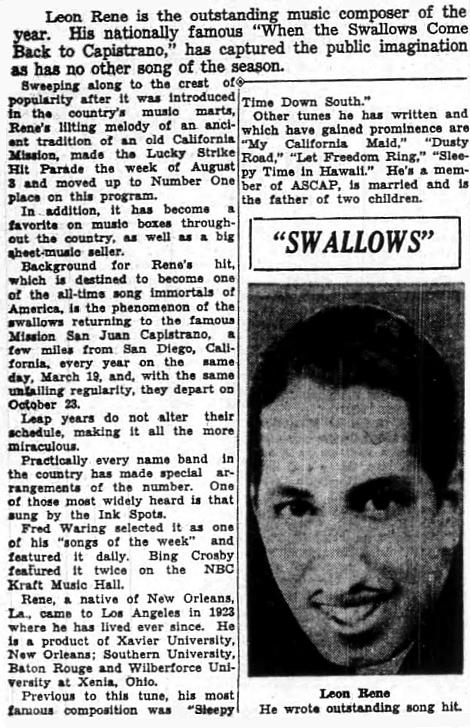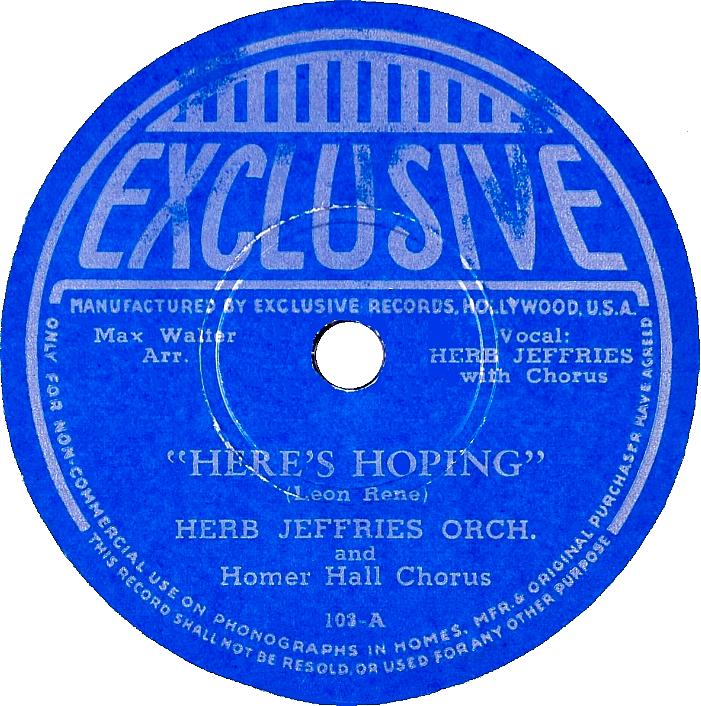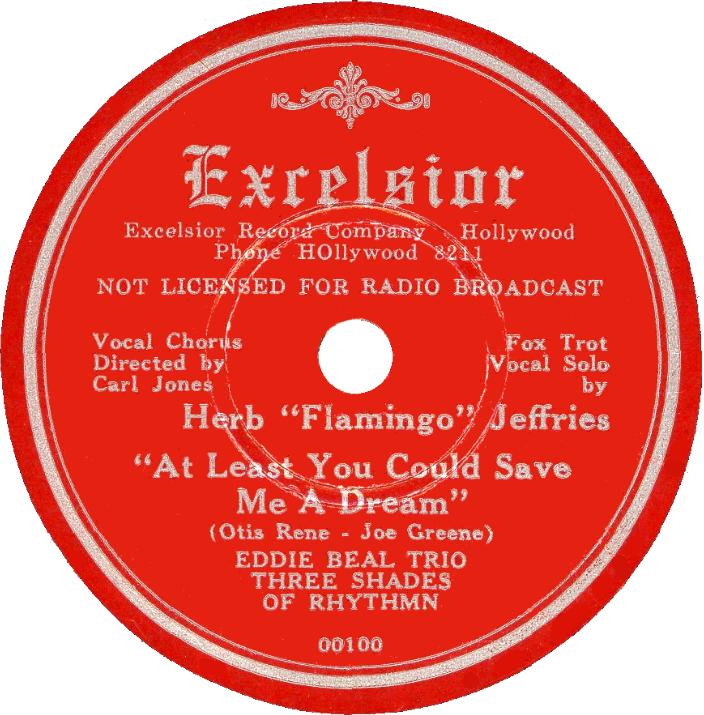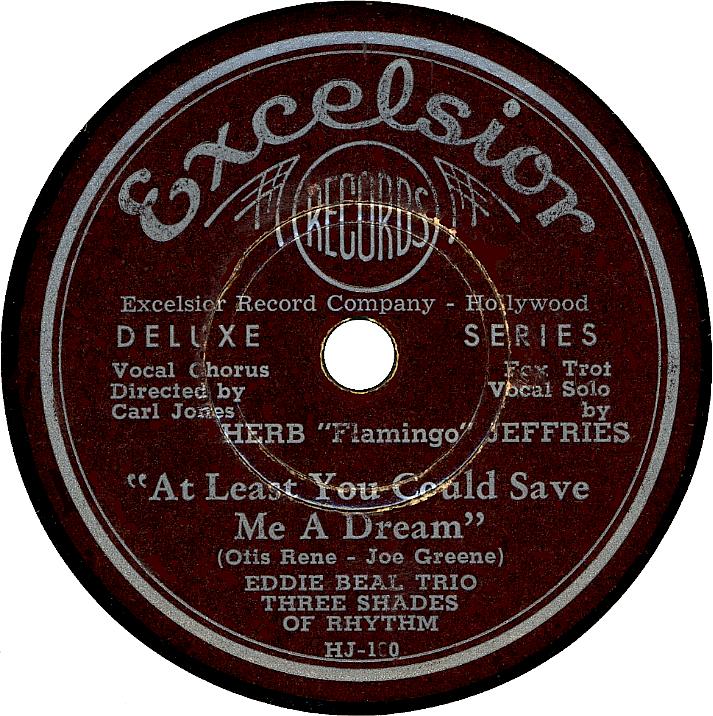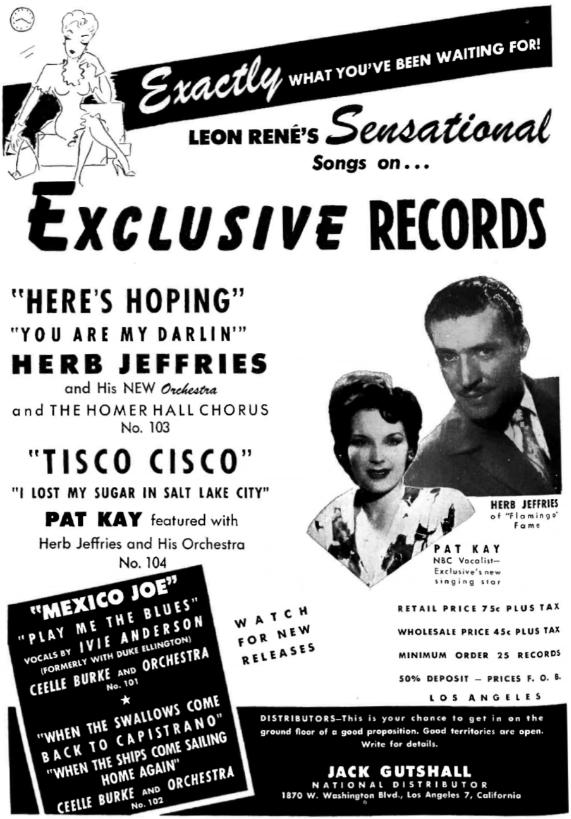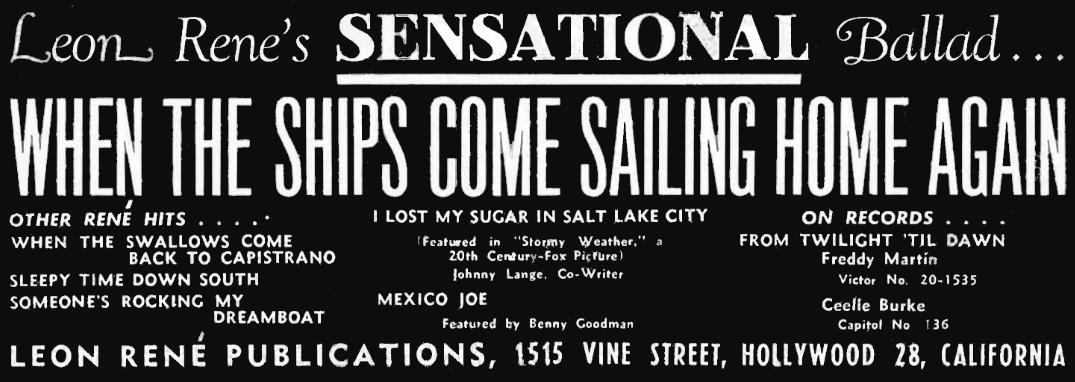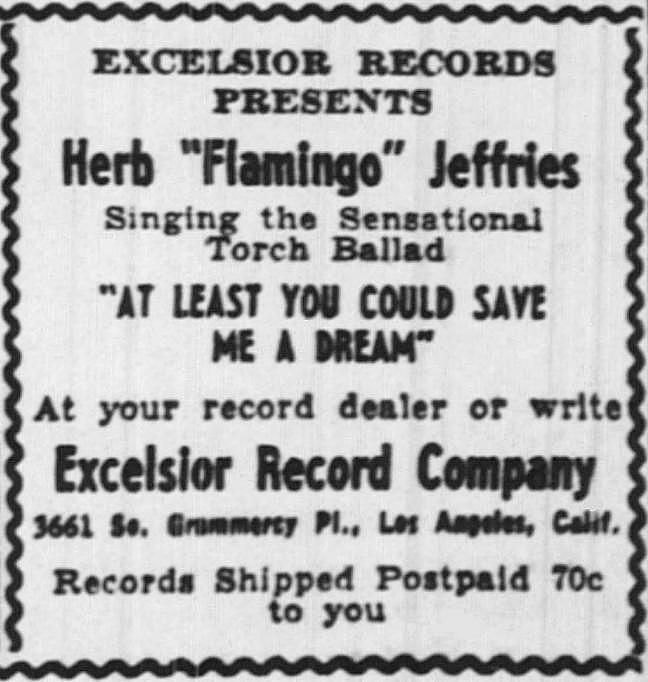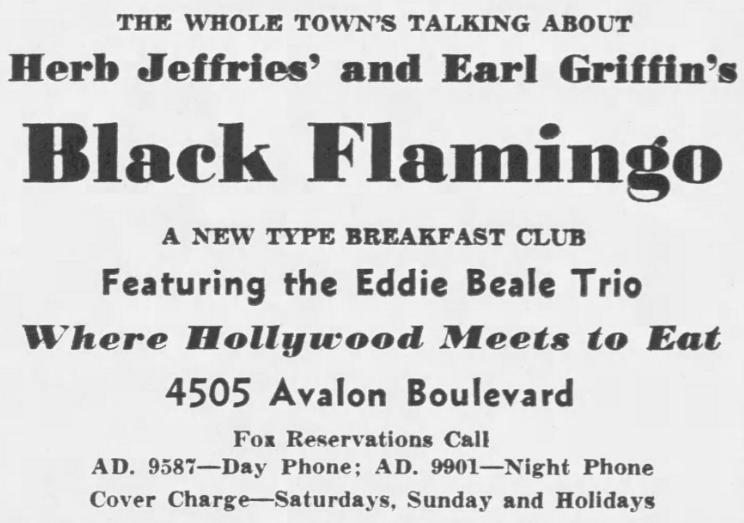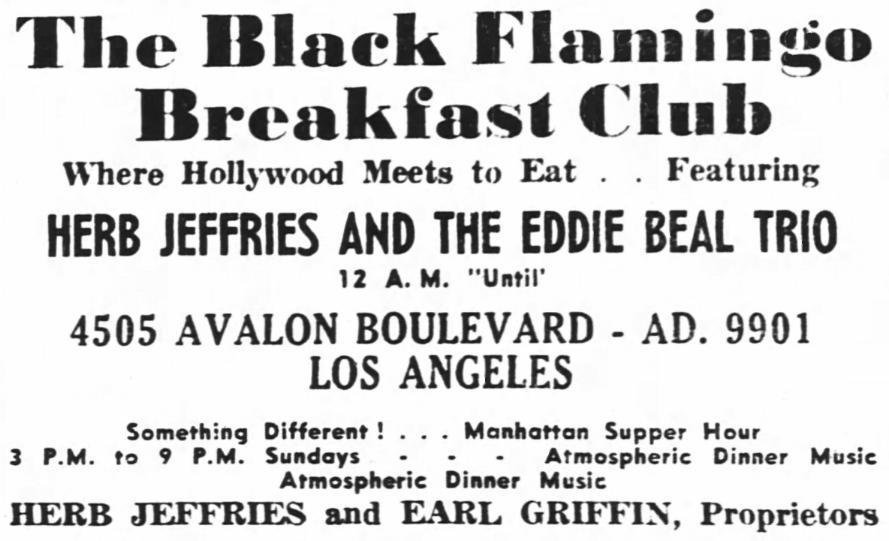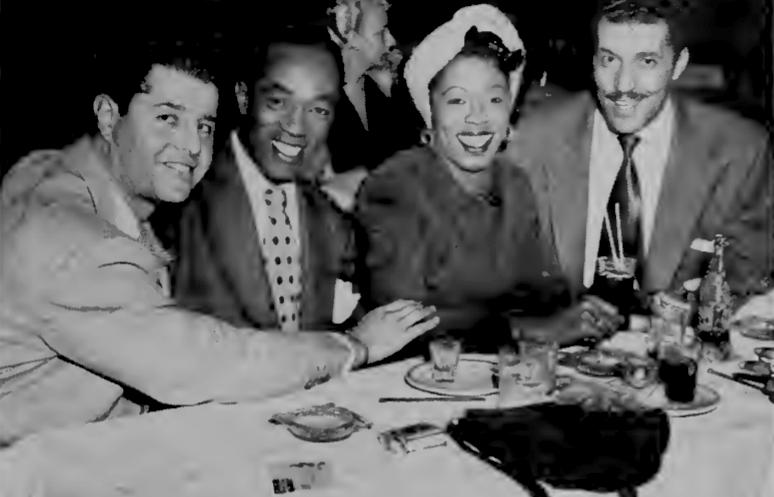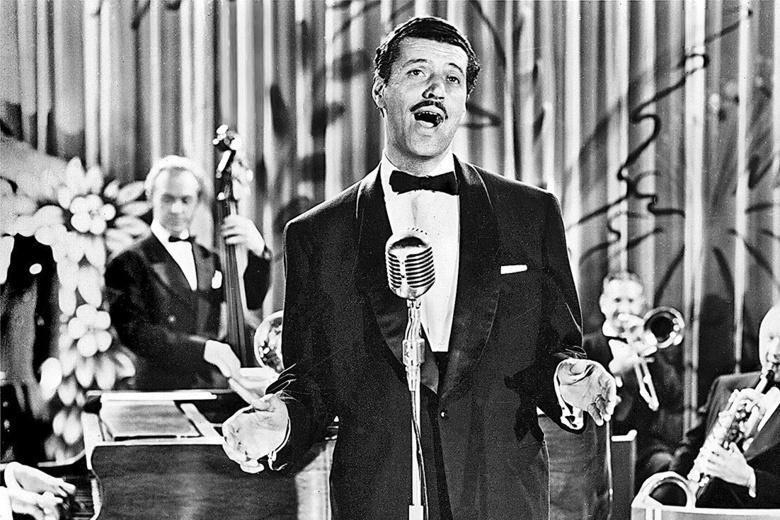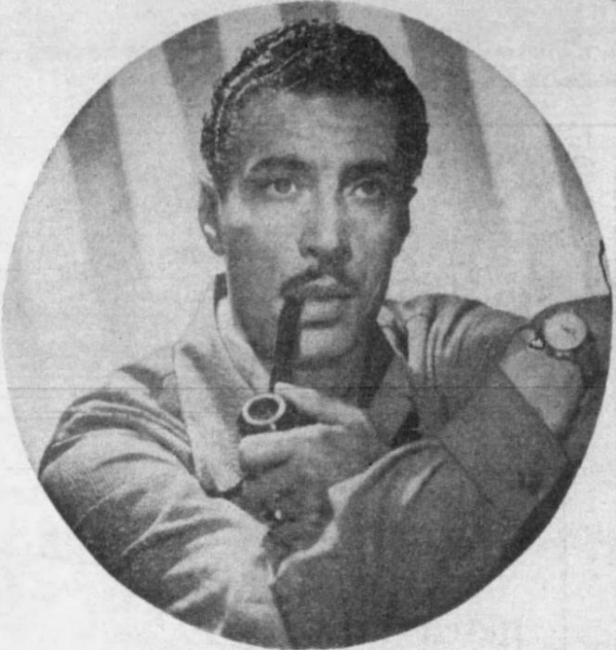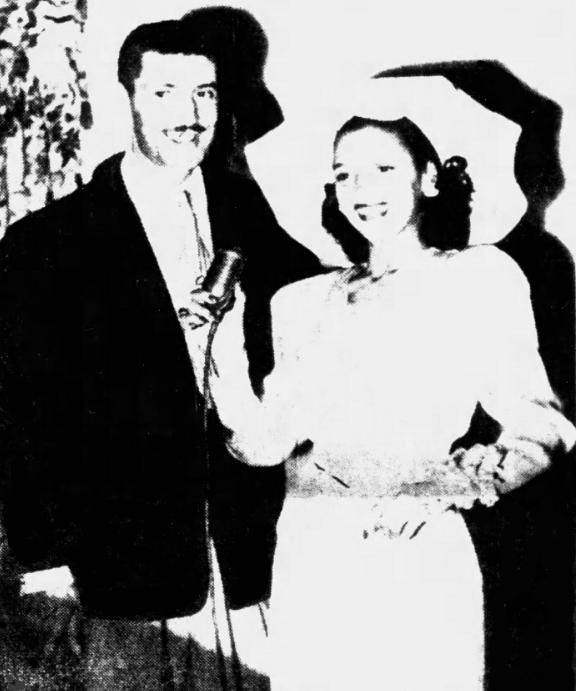|
Above: Undated photo of THE FOUR TONES. Dusty Brooks is at far right on the bass fiddle.
CALIFORNIA EAGLE, April 2, 1937: "FOUR TONES" LATEST SINGING SENSATIONS
A quartet that needs no introduction to radio fans of Southern California is The Four Tones. This group of fine singers are originally from Lane College in Tennessee where they attended school together, learning the art of blending voices. This grand quartet was featured at the Texas Centennial for the entire time of the exposition. After that engagement, they came here to Los Angeles and under the management of Maceo Sheffield have become one of the most recognized artists of "color" from the standpoint of quartets since the Mills Brothers.
The Four Tones have been featured over KFAC for a number of weeks, going to KFWB where they were featured with Eddie Peabody, outstanding banjoist of national fame. For the past few weeks this quartet has been the attraction at the "Desert Inn [?]", Palm Springs, California, playground of Hollywood stars as well as millionaires of the U.S.
After returning from Palm Springs, The Four Tones at present are featured artists on KEHE. Just the other day they were featured on the dedication of the new radio station of the Hearst chain in Oakland, California, having on the same program the honorable Mayor Shaw.
The past Friday The Four Tones were featured artists on the Hollywood Knights program over KEHE. The following members make up this grand quartet: Ira Harding (guitar, 2nd tenor); Leon Buck (1st tenor); Rudolph Hart (baritone); and Lucius Brooks (bass).
Much credit is due Maceo Sheffield for his fine management of this group. Los Angeles is no doubt proud to have in their midst such fine talent as The Four Tones.
(NOTE: A good guess would be that Maceo Sheffield wrote the above promotional commentary.)
DAYTON FORUM, February 24, 1939: FOUR TONES COMPLETE NEW SERIES OF TRANSCRIPTIONS
HOLLYWOOD—Herbert Jeffrey and the Four Tones have completed another series of transcriptions for the Davis and Schwegler Company of this city it has been announced. The sepia cowboy has placed on discs his theme song "I'm A Happy Cowboy" and others including "Must This Be The End, Sweetheart" and "Give Me A Lullaby That's Lowdown".
The Four Tones also completed a list of recordings which include "Swingin' In Rhythm", "Muggin' In Swing", "Wedding Day", and "My Island Love". The musical arrangements were done by Phil Moore, well known pianist who has been doing this type of work for many of the leading bands and acts of the nation.
INDIANAPOLIS RECORDER, August 12, 1939: PORTER IS NOW WITH FOUR TONES
HOLLYWOOD—Johnnie Porter, former guitarist and soloist for Don Redmon and his orchestra in New York, is on the Coast and has joined The Four Tones, versatile singing group that recently returned from a tour of the Southland, for an international broadcast of songs and skits from the 30th Century Fox picture "Second Fiddle".
Porter is an accomplished musician. The "pint-sized" tenor has a great voice and is master of the guitar, piano, and accordian and his work will lend more color to an already colorful act. He will play these instruments as well as sing, thus causing the entire act to undergo a change which is considered much the better. The name of the act has been retained and will hereafter be known as "Dusty Brooks And The Four Tones".
CALIFORNIA EAGLE, August 15, 1940: FOUR TONES A HIT ON GOLD HOUR
As the last mellow notes of their harmonious chant died away last Friday evening overKGFJ on the Gold Hour, the Four Tones, famous screen, stage, and radio quartet, were greeted with resounding applause from the audience in the new, spacious auditorium upstairs in the Gold store. And as proof that there were thousands of other listeners at their radios, many calls began pouring in. Mr. Adams, highly capable colored sales manager, and a number of other officials of the firm came to the auditorium and highly complimented the boys.... The Four Tones will be back again Friday of next week over the popular Gold Hour.
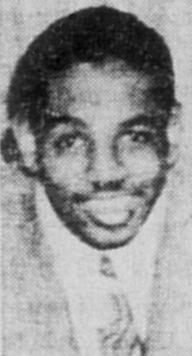
LONG BEACH INDEPENDENT, November 24, 1942: FOUR TONES STARTED IN COLLEGE
Organized while attending a negro university at Jackson, Tennessee, the Four Tones orchestra....has quite an interesting background. From Lane College, Jackson, these negro musicians migrated to Dallas, Texas, where they became widely known in playing throughout the Centenial for four months in 1936.
While playing in a number of amusement centers, the young men recently filled an engagement at The Jade for a period of sixteen months. From there, they went to Sandie and filled an engagement of eight months, and became so popular that they could have signed for another engagement, but preferred to come to Long Beach as an attraction in the amusement zone of the Pike, having played there for some time.
"Dusty" Brooks as leader of the band and bass singer/bass fiddle player, Cornelius Jordan [Picture At Right] as second tenor and drummer, "Tiny" Grimes as first tenor and guitar player, "Rudy" Hunter as baritone soloist and guitar player, and Juan Panacle as pianist, make up the organization. The Four Tones have been playing since 1934.
| 